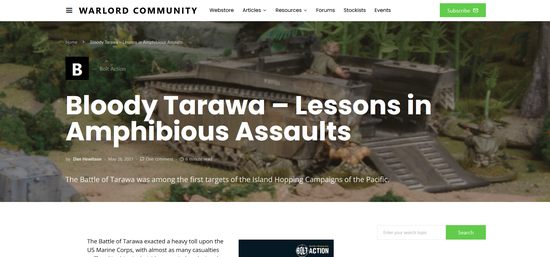Soviet Painting Project

I'll try and give an overview of the techniques used, and what I am trying to achieve with the painting.

Let me first say that this technique is the style made popular by Kevin Dallimore, and there are plenty of articles by the Man Himself if you are interested in painting in this way. The main thing is to find a style you are happy with, and that achieves the results and look you require in the time required. Have fun with it, try different things.

The paints used are mainly Foundry, Coat d'arms, Miniature Paints, Plaka, and those useful bottles of paint found in Hobby/Craft shops. I prefer Inscribe - they cover well. Some of the others - Anita's, DecoArt and the like - can be a little hit-and-miss with coverage. The best thing to do is give them a try - they are cheap, and will all get used at some stage.

What I also tend to do with colours I use a lot is have a ready-mixed jar of shade and highlight colours. It saves a lot of time. Of course, Foundry do this for you with their paint system. If you are just starting out, the Foundry paints would not be a bad place to start. It's also best to remember that every range has its good and bad paints. So it's best to sample several paints within a range. You can never have enough shades of brown...

Once all the flash lines are removed with a sharp knife and file, the figure is ready for an undercoat. I work from a black undercoat. This means there are areas of shade and outline already in place, and you merely have to block in the main colours in three stages:
- shade
- the main colour
- a highlight

Feel free to add futher hightlights as required, but the three levels give a good wargames finish.

If you prefer to work from a white undercoat, that's fine too, it's just not my preferred method. This style suits me best. The important thing to remember with the undercoat is that it should be a thin layer, so as not to obscure any detail. Keep the paint thin - two thin coats are better than one thick coat.

I thin black acrylic paint with a little ink. I usually then drybrush with neat black, and redo any areas the paint/ink mix has run away from. Kevin prefers to use black enamel at this stage. Plaka Matt Black is my preferred choice, but to be honest, any paint should do just fine. Feel free to experiment.

Ok, now let it dry thoroughly. Overnight is best.

I always start with the face. This part makes or breaks the figure in my opinion, and it's worth spending the most time on. If you work "inside out," it's easier to correct any mistakes you make later.

To save time, you may like to do a "production line," doing the same part on several figures. Again, try different things and see what works best for you. Some people prefer to do one-figure-at-a-time and really concentrate on it. Doing batches of figures does speed things up.

When the painting is done, I always gloss varnish to protect - and then a day or so later, matt varnish to finish. Matt varnish will always rub off the figure eventually, so when the figure looks glossy, it's time to re-matt-varnish it. The paint should still be on the figure!








